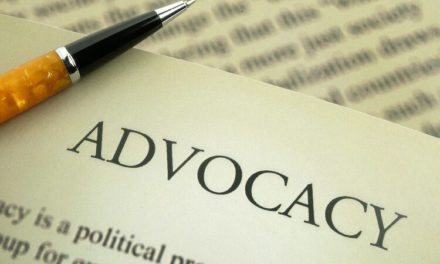From Atlantic Cities:
There are a few competing theories to explain the size of municipal police forces and why they vary by city. One set of explanations, from the “functionalist” class, argues that departments staff up in relation to population density, or budget capacity, or the sheer quantity of crime.
Then there is the class conflict theory: Widespread inequality forces police to beef up to protect the rich from the poor.
And the race conflict theory: Law enforcement expands in response to the threat that minority groups pose to the majority.
Guðmundur Oddsson and Andrew Fisher, sociology graduate students at the University of Missouri, propose that the most likely answer is actually none of the above. In research published in the International Journal of Sociology and Social Policy, they and Takeshi Wada looked back at police staffing levels from the year 2000 in 64 American cities with populations larger than 250,000. The trend that emerged: Cities tend to increase their police force (counting full-time sworn officers) when they have high levels of poverty and broad racial economic inequality at the same time.
“In short,” they write, “both class and race matter. What is more, class and race interact.”
It’s unlikely that city or police officials are looking at these two data points – the prevalence of poverty and the extent of economic inequality between racial groups – to calculate departmental resources. It’s more likely, Fisher says, that police are responding to the presence of crime or the perception of fear that’s attributable to the intersection of those two trends.
This means that police size doesn’t necessarily respond to racial inequality if the poor population is small, and likewise that widespread poverty doesn’t necessarily drive police staffing when everyone is equally poor, blacks and whites alike. The data they’ve gathered supports the idea that the most combustible scenario – or the one police think they need to respond to – is one where the gulf between low-income minorities and the upper-income majority is broad, and where the low-income population is large. Or, as the authors explain it:
Cities with great economic inequality between racial groups will not strengthen their police force if poverty is minimal because less prosperous groups pose little threat to affluent groups if few live in poverty. Cities with great poverty will not heighten policing if economic inequality between racial groups is negligible because less prosperous groups do not threaten more successful groups if economic disparities are small and poverty is widespread. However, cities with high levels of poverty and great economic inequality between racial groups will enhance their police force because affluent groups are threatened by groups that are worse off when economic disparities are pronounced and many live in poverty.
This also implies that cities that do the best job of creating racial economic equality and widespread opportunity may be able to devote fewer resources to keeping the peace. One would think they’d also be less likely to devote extensive resources to “racially discriminatory” police tactics.



